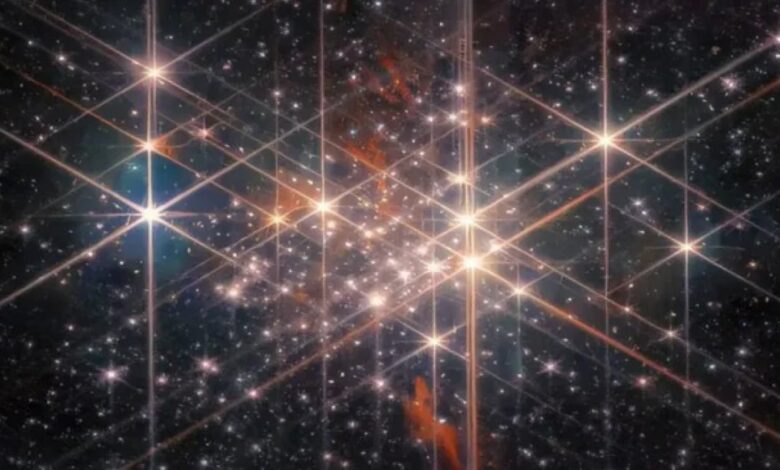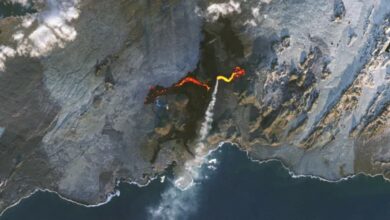JWST takes a closer look at the massive Westerlund 1 star cluster

Using advanced infrared images, the James Webb Space Telescope (JWST) has captured unprecedented detail of the supermassive star cluster Westerlund 1, located about 12,000 light-years from Earth. The findings, released by the Extended Westerlund 1 and 2 Open Clusters Survey (EWOCS), provide critical insights into the cluster’s stellar composition and formation processes. Westerlund 1, with an area of over 6.6 light-years and a mass equivalent to 63,000 suns, is the closest supermassive star cluster to Earth and is home to hundreds of massive stars in a dense configuration.
Unique stellar features identified
Mario Giuseppe, team leader at the Palermo Astronomical Observatory, told Space.com that observations were extended to detect brown dwarfs – stars at the lower end of the mass spectrum. Giuseppe reportedly highlighted the potential to analyze the mass distribution and star formation mechanisms within the cluster. This work is expected to refine the understanding of starburst environments and their influence on planetary development.
JWST’s instruments, the Mid-Infrared Instrument (MIRI) and the Near-Infrared Camera (NIRCam), provided deep imaging capabilities and revealed intricate gas and dust structures around Westerlund 1. This material, which is believed to originate from the last evolutionary stages of massive stars, challenges previous assumptions that young clusters will expel such remnants within a million years.
Broader collaborative research efforts
EWOCS has used data from other observatories, including the Hubble Space Telescope, ALMA and NASA’s Chandra X-ray Space Telescope, to supplement the JWST findings, several reports show. Studies on the intracluster material and high-energy phenomena of Westerlund 1, including binary systems and evolved stars, are expected in the coming years.
The research, which also analyzes the slightly younger Westerlund 2 cluster, is expected to shed light on star and planet formation under extreme conditions. These findings have been published in Astronomy & Astrophysics and are available as a preprint on arXiv.




